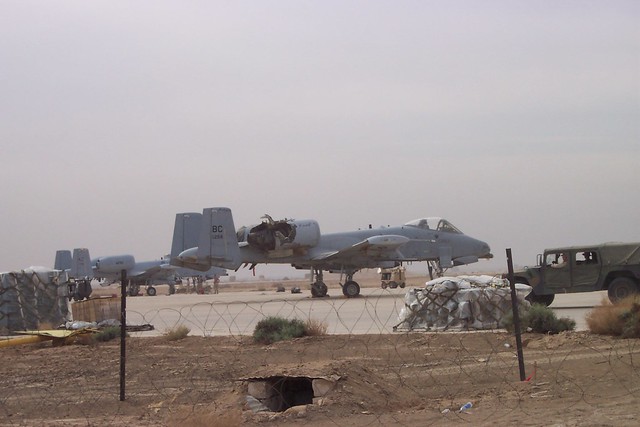Morphic Tide
Well-known member
I did point out that it was primarily an issue with naval cruise missiles, but the supply bottleneck remains a serious problem. Because missiles are expensive. Anything that'd call for a "tactical bomber" is a degree of ordnance usage rate that is not sustainable. You're talking a successor to the A-6, not a successor to the A-10.It's a Tactical Bomber, not a heavy bomber, and two that is only for the stuff for the USN's VLS units, not the USAF. We've been double-tapping with Hellfires for Christ's sake!
Hence my talk of overlapping the thing with the helicopter uses with VTOL, as everyone is still digging at the hole of the helicopter gunship and uses the things for a variety of tasks, so having a close air support jet able to double for some of those makes for an airframe that has an assured usage independent of hard engagement risks.
Line of sight limited, direct manpower sink, reliant on human response times, very limited ammo? In any situation but a fully intact sensor net, MANPADs are a distant secondary concern compared to the largely automated SAM vehicles, and there are a variety of ways to compromise the communications needed to give those troops the baring to look at. And even then, there's a variety of target environments with plenty of interference for the lock-on of the missiles in question, such as anything urban or forested.That isn't going to be viable thanks to the proliferation of MANPADs.
A troop carrying a dedicated MANPAD is a troop not carrying an ATGM, and is a troop likely carrying 30+ pounds of not-doing-infantry-things equipment. Against the armies that actually train their troops worth a damn, with the sensor net to give advanced warning needed to deal with a successor to the A-10 (or hell, even the existing A-10), you don't see commonplace MANPADs because they have other, much better, anti-air systems and use for infantry gear weight, and as previously mentioned a MANPAD is a sizable chunk of not-doing-infantry-things gear.
Or design a low-flying jet that keeps the UV flare minimally visible for minimizing time in which the things can be fired with any chance to hit, much as the A-10 specifically places the wings as armor sheets for the engines? Or, again, make use of cover because all these sensors are line of sight. Whole reason so much uses radar to find targets is because radar isn't line of sight.Given that you'll need UV countermeasures to have even a hope to avoid things like Stingers, you're shit out of luck in that sort of battlefield.
Last edited:

